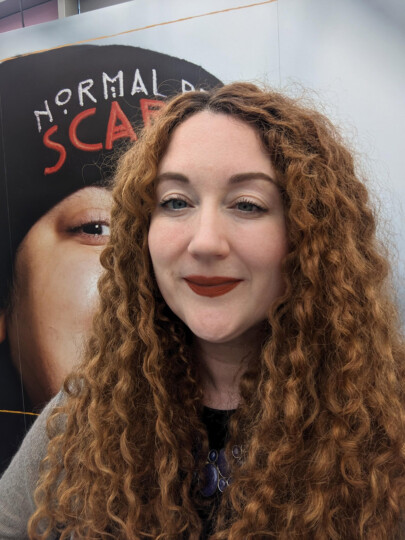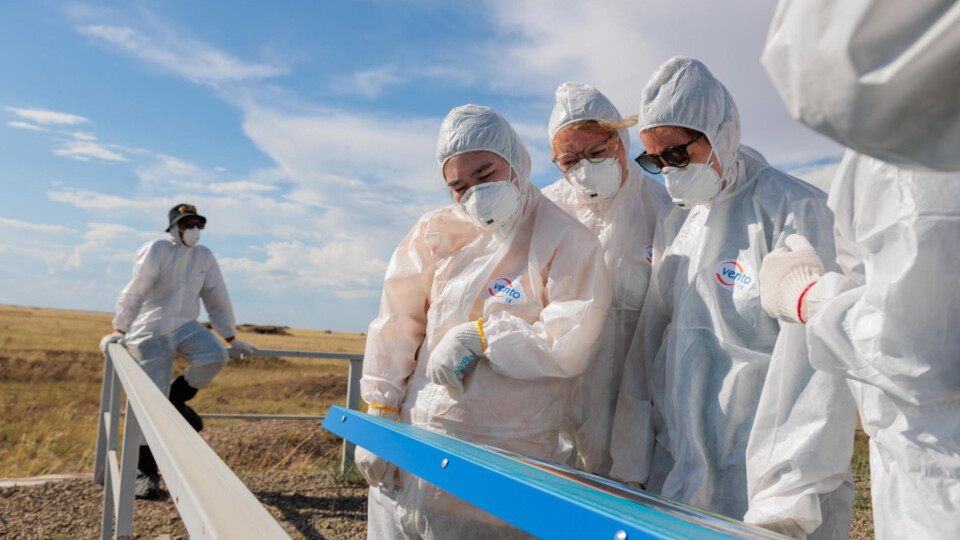Stark warnings about World War 3 from Soviet-era nuclear test site
“Brutal.” That’s how Dr Becky Alexis-Martin, from the University of Bradford, described her recent trip to Kazakhstan to understand the long-term effects of four decades’ of nuclear testing.
Her comments are especially poignant given the current state of affairs in the Middle East, as the conflict between Israel and Iran ramps up and the threat of nuclear war looms ever larger.
Between 1949 and 1989, vast areas of Kazakhstan – then part of the Soviet Union – were subjected to hundreds of atmospheric and underground nuclear tests, a process that left an indelible mark on its people, its wildlife and the land itself.
Dr Alexis-Martin, a lecture in Peace Studies at the University, visited Kurchatov in north-east Kazakhstan, a town named after Soviet nuclear physicist Igor Kurchatov and which was once centre of operations for the adjoining Semipalatinsk Test Site.
The atomic steppe is a flat, unforgiving landscape punctuated by sandy hills and imposing concrete watchtowers whose frameless windows stare blankly out across a land that was once terrorised by the wrath of nuclear bombs.

She was invited there as part of a Centre for Feminist Foreign Policy delegation to investigate the ways in which nuclear testing disproportionately affects women. On Thursday June 19, she will attend a United National working group examining the topic.
Speaking about her trip to Kazakhstan, she said: “Over a 40-year period, there were 456 nuclear weapon tests and these had really stark consequences for the environment and human health. When most people think about nuclear weapons testing, places like Christmas Island and French Polynesia spring to mind but this site in Kazakhstan is larger than all of them – it’s 7,000 square miles and the tests they did there affected an entire population.”
During her visit, Dr Alexis-Martin visited ‘nightmarish’ concrete bunkers that housed camera equipment used to film various nuclear tests, she saw ‘Ground Zero’ and the Stronger Than Death monument, a 100-foot-tall tombstone erected to memorialise victims of 40 years of nuclear testing.
She went on: “The long-term consequences we’re talking about include birth defects, cancers and other conditions linked to the long-term effects of radiation. I spent time with survivors and listened to their stories.
“While we know everyone and everything has been affected here, one of the things I wanted to get across is how women are disproportionately affected. They give birth to children and bring them up and when we talk about disabilities, some of these can be profound, such as missing limbs and severe learning difficulties, or children not even living into their 20s.
“On top of this is the psychological trauma and all of this is hidden from view for the most part. To see this first-hand was both shocking and humbling. The whole experience was stark but also a privilege. And I think it is vitally important we talk about these things and that people see and understand the consequences of nuclear war. The consequences are generational and in Kazakhstan, they affected an over a million indigenous people.”

Dr Becky Alexis-Martin, lecturer in Peace Studies at the University of Bradford
Nuclear threat
“I was already deeply concerned about Iran’s nuclear proliferation but the current situation is very complex because from one perspective, we don’t want Iran proliferating, but from another perspective if Israel has attacked Iran’s civil nuclear sites – and obviously there’s a lot of discussion over which sites are civil – the bombing civil nuclear facilities and nuclear installations is a violation of the Geneva Protocol.
“When you look at the other Arab states, like Saudi Arabia, they’re being very quiet. From a diplomatic perspective, they don’t want to get drawn into a broader war. Obviously, no-one wants World War 3.”

Animal cruelty
Nuclear testing in Kazakhstan didn’t just have dire consequences for humans and the land, it affected countless animals, many of which were deliberately left to bear the brunt of nuclear explosions so they could be later studied in the lab.
Dr Alexis-Martin said: “One of the things that took me aback when we visited the Kazakhstan National Radioecology Laboratory was the sheer number of animals that were not just killed but left with horrific, painful injuries and then kept alive so they could be studied in the lab until they died. There were thousands of dogs and horses and goats – they would leave them exposed and then go and collect the survivor’s later. It was brutal. I’ve no other words to describe it, it was horrible.”

Final word
Dr Alexis-Martin added: “The trip to Kazakhstan was an amazing opportunity to gain insight and to publicise the effects of nuclear war. This will certainly help inform my discussion of the United Nations’ Working Group for Articles 6 and 7, which is to do with environmental remediation and humanitarian aid and ultimately to try to make sure that nothing like this ever happens again.”


